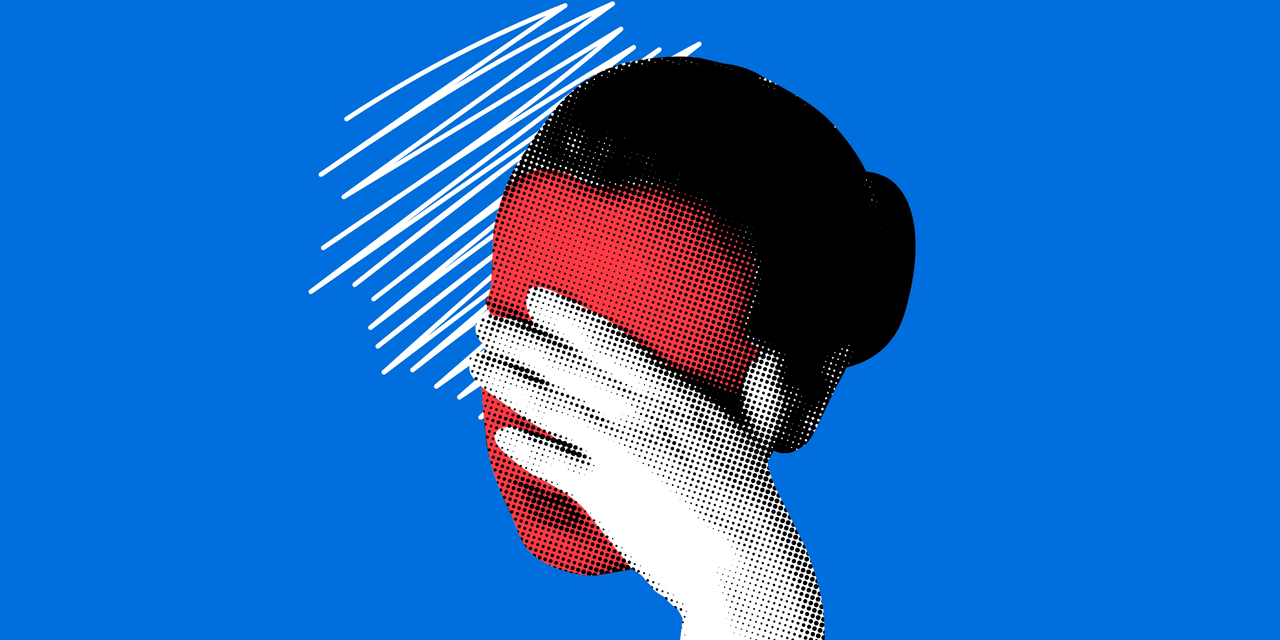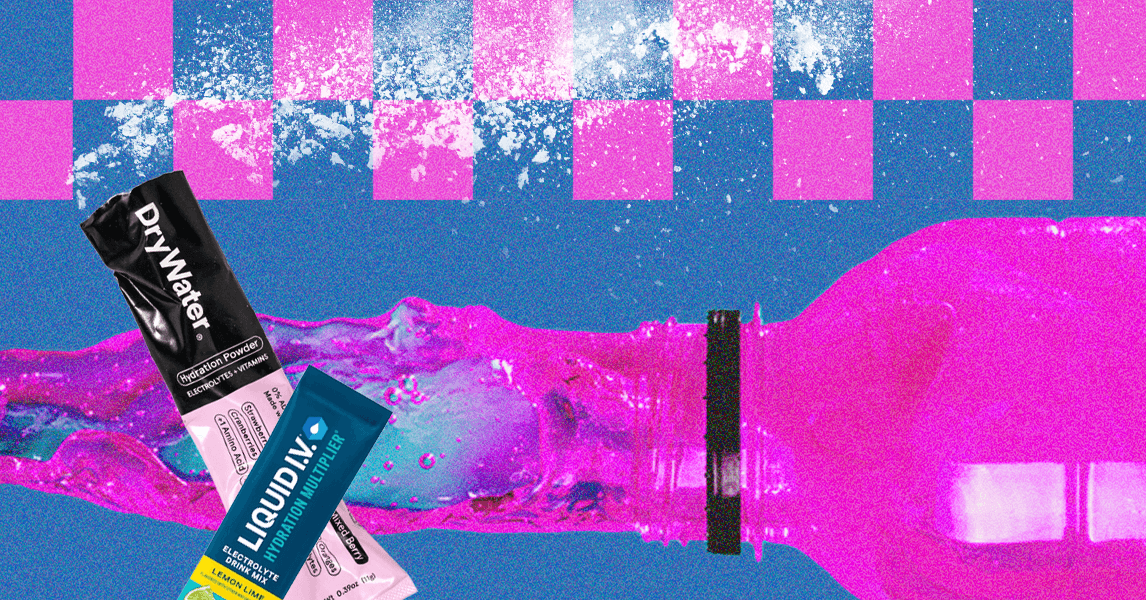Blog
The #1 Habit to Help Slow Aging, According to Experts

- Exercise helps keep muscles strong, lowering risks of frailty, falls and loss of independence.
- Moving your body reduces inflammation, protecting against chronic disease and aging issues.
- Staying active supports brain health, lowering dementia risk and supporting longevity.
Getting older is a blessing…. But it doesn’t always feel that way when your knees start creaking, your back is sore for no reason or your doctor’s visits start becoming more frequent. Luckily, your biological age—essentially how old your body feels and functions—doesn’t have to match up with the age on your birth certificate.
Eating a healthy diet, getting lots of sleep, staying socially connected and managing stress can all help you age well, but one habit in particular stands out to help you live a long and healthy life, and that’s physical activity. Here, we explore the research and chat with experts to learn why moving your body is key to helping slow biological aging.
Why Physical Activity Is So Great for Healthy Aging
Helps Preserves Muscle Mass
“We’ve all heard if you don’t use it, you lose it. Well, it’s true.” says Brooke Mathe, M.S., CSCS, strength and conditioning coach. As we age, we start to lose muscle and strength. Starting at age 30, the body can lose 3 to 5% of muscle mass per decade. If that progresses, it can lead to a condition called sarcopenia and can increase your risk of frailty, injury and falls.
Exercise and physical activity help reduce your risk of sarcopenia, in particular resistance and strength training. Mathe adds, “resistance training can reverse age-related loss in muscle mass, as long as we are progressively overloading and being consistent with training.”
Chris Mohr, Ph.D., R.D., a registered dietitian with a Ph.D. in exercise physiology, echoes the importance of preserving muscle mass. “Muscle is the organ of longevity. It’s metabolically active, controlling many hormones in the body, in addition to helping strengthen bones, reduce the risk of falls, frailty and overall weakness.”
The World Health Organization defines healthy aging as being able to maintain functional ability as we get older, and staying active can help you maintain your independence and functionality by helping you keep your strength up.
May Reduce Chronic Inflammation
“Regular physical activity is one of the most powerful anti-aging tools we have. On a physiological level, physical activity reduces cellular inflammation, improves mitochondrial function and slows telomere shortening—all key markers of biological aging,” notes Amerigo Rossi, Ed.D., FACSM, associate professor and program director of Exercise and Sport Science at New York Institute of Technology.
Chronic inflammation is associated with many chronic conditions, including diabetes and hypertension. It’s thought that persistent inflammation as we age also wears away on our bodies’ organs. Exercise is linked with reducing chronic inflammation, and it may be especially important as we get older.
When researchers looked at 49 studies in a recent meta-analysis, they found that exercise significantly reduced markers of inflammation, such as TNF (tumor necrosis factor) and CRP (C-reactive protein), regardless of the type of exercise. Moving your body, whether that’s through aerobic exercise, resistance training or ideally a combination of both can help lower chronic inflammation, and in turn keep your body aging well.
Supports Your Brain Aging Well
We often think of physical activity for the benefits our bodies are getting, but exercise is also important for your mind, and not just for the stress reduction and mood-boosting benefits (which FYI, are pretty awesome).
Struggling with memory and problem solving, and having difficulty concentrating or expressing thoughts are all symptoms associated with loss of cognitive function and dementia. About 5 percent of adults aged 65 and older in the United States have Alzheimer’s dementia, a form of dementia believed to come from Alzheimer’s disease, and that number increases to 33% of adults 85 and older.
“Adults who exercise regularly can have a biological age up to 9 years younger than their sedentary peers, and staying active while we age reduces dementia risk by about 35%,” states Rossi. As little as five minutes per day of physical activity can help reduce dementia risk.
When researchers looked at data from over 500,000 people in the UK, they found that doing at least 35 minutes of moderate to vigorous activity per week was associated with a 41 percent lower risk of developing dementia over four years, compared to those who got zero minutes. More activity seemed to have an even bigger impact.
Tips for Being More Physically Active
If all of those reasons have convinced you to move your body to stay healthy as you get older, you may be wondering how to make it happen. Also, while the type of exercise you do matters, they are all important. Rossi notes, “Every type of exercise is beneficial to slow biological aging, but a balanced mix of training delivers the biggest benefits.” Think resistance training, aerobic exercise, as well as some flexibility or balancing exercises. Consistency is key when it comes to exercise, so here are some tips to get or stay moving.
- Find what you love: Don’t love jogging? That’s not the only way to stay active. Mathe suggests, “Remember back to when you were a kid—what did you like doing? Take a dance class, sign up for a 5K, go for a hike. If you have to force yourself to do something, it’s not going to be sustainable.”
- Make it social: Friends or exercise buddies are built in accountability. Plus, socializing while you exercise may make you more likely to stick with it. Try pickleball or walking with friends.
- Take exercise “breaks”: If you don’t have a big time block to move, break up your activity into smaller chunks. Rossi notes, “Break workouts into smaller chunks—three 10-minute walks are just as effective as one 30-minute session.”
- Just start: You don’t need a perfect plan or a gym membership to move more. “Just start and don’t overthink things,” says Mohr. “Every movement is better than no movement and it doesn’t matter if you’re lifting weights, soup cans, milk jugs—any external resistance is a good option.”
- Schedule it in your day: We only have 24 hours in a day, and many of those are spent sleeping and working. Time is precious. “Schedule exercise like you would an important meeting,” offers Rossi. Block your calendar, and make it happen.
Our Expert Take
Getting enough physical activity can help you slow down the biological aging process, so you feel younger than you actually are. “Exercise is vital to slowing down markers of aging. It can attenuate the loss in muscle mass, bone mineral density, cardiorespiratory fitness, mobility and balance that can come with aging and a sedentary lifestyle,” states Mathe. And it’s never too late, or too early, to start. Rossi adds, “People in their 70s and 80s can still gain strength, mobility and cardiovascular fitness with consistent training.”
Start slowly, and with permission from a healthcare provider, if you are not a regular exerciser. And remember that any movement counts and can help you stay healthy as you get older—and some is better than none. “Even small increases in physical activity can lead to noticeable improvements in energy, function and overall quality of life,” Rossi concludes.












